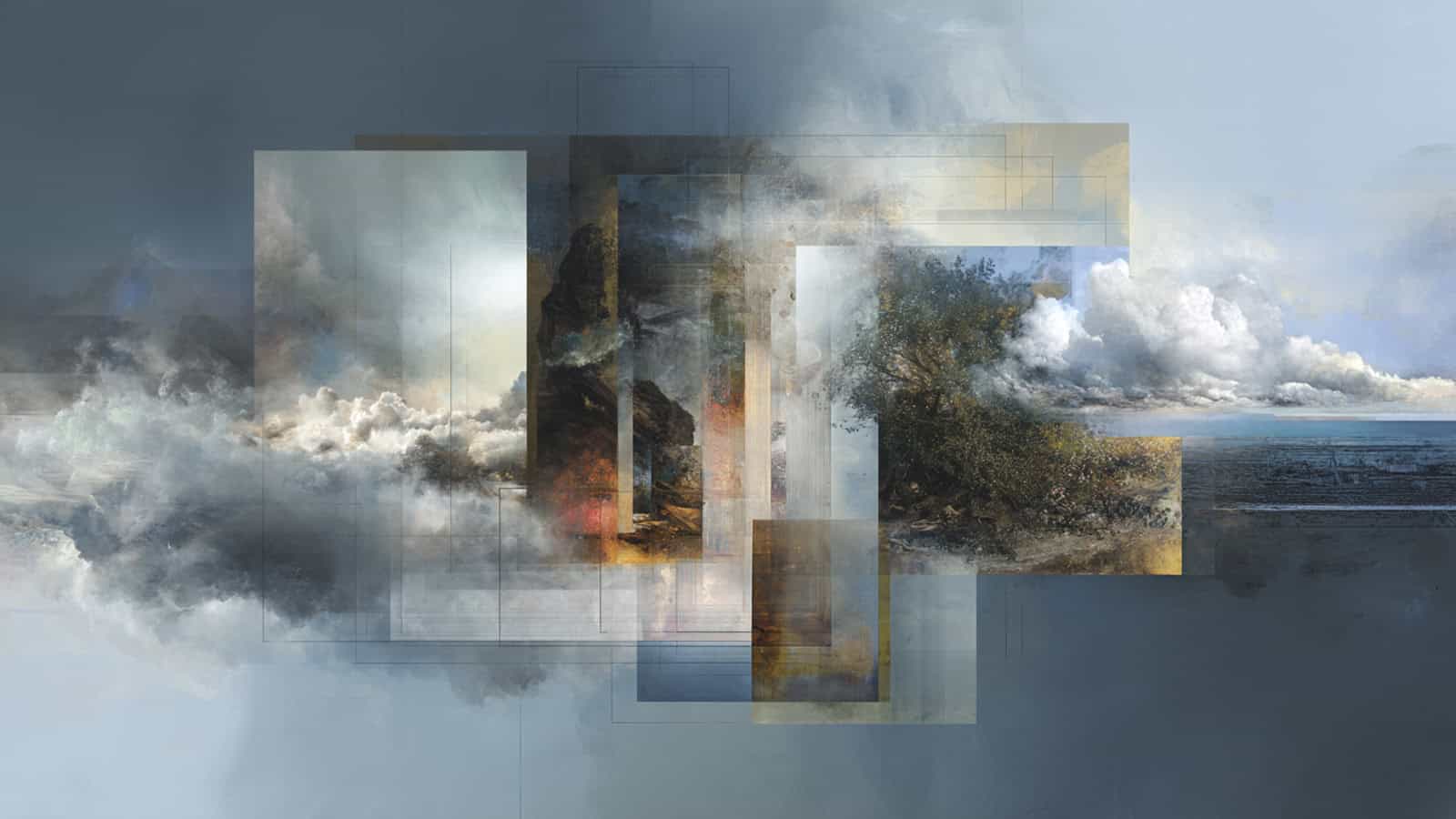
The GigaGlossary app simulates how the same object, idea, or experience can appear entirely different when viewed from different perspectives in AQAL space — including altitude, quadrant, intelligence, and state. By generating richly detailed “worldspaces” for any referent, it helps users inhabit the many ways reality discloses itself depending on who’s looking, from where, and through what lens.
Try asking:
What does “love” look like from five different Kosmic Addresses?
How is “money” perceived through different developmental intelligences?
What does “time” look like from five different Kosmic Addresses?
How would “freedom” be enacted from each quadrant at the orange stage of development?
You can also say “give me a random entry” and the Giga-Glossary will surprise you!
You have something in mind—a “thing out there” like love, freedom, or power. You type in the word that points to this thing, and suddenly you’re presented with a vast web of possible meanings and experiences that same “thing” can create. Each one emerges from a different way of seeing: different stages of development, states of consciousness, perspectives, and capacities.
What happens next is profound: you begin to realize that your personal meaning—the way this word or concept shows up in your own experience—is just one perspective among countless others. And here’s the transformative part: you can actually inhabit these other perspectives. You can feel what “freedom” means to someone at a different stage of development, or experience how “love” appears through entirely different cultural and cognitive lenses.
The Giga-Glossary began as a thought experiment — one that Ken Wilber first imagined over 20 years ago, rooted in his theory of Integral Semiotics. At its core, Integral Semiotics says that all communication has three basic components:
The referent — the actual thing we’re pointing to.
The signifier — the word or symbol we use to point.
The signified — the interior experience we have of the referent.
For example, when I say the word “dog,” that’s the signifier. Whatever comes to mind when you hear that word — maybe your current pet, your childhood dog, or just a generic fuzzy outline of “dogness” in your mind — that’s the signified. And the specific animal I’m referring to is the referent.
At first glance, it may sound like something you’d learn in elementary school grammar class. But what makes this framework so powerful is that it gives us something like a general relativity for meaning.
Einstein’s general relativity tells us that the motion of an object is relative to the positions of all other objects in spacetime.
Integral Semiotics shows that the meaning of a referent (object, occasion, idea, etc.) is relative to the position of all other subjects in AQAL space.
Think of something like an iPhone. To a baby, it’s a shiny object that makes noise. To a teenager, it’s a portal to their social world. To an app developer, it’s a programmable architecture. Same referent — wildly different enacted worlds.
In other words, there is no absolute, context-free meaning to any object, event, or experience. All meaning is enacted — that is, it emerges through the relationship between the observer and the referent. What we perceive, how we interpret it, and even what it shows up as depend on the observer’s Kosmic Address: a combination of their stage of development, quadrant orientation, state of consciousness, line of intelligence, and perspective.
Another example: free speech. Some see it as a sacred individual right, bestowed by God or enshrined in constitutional law — something to be protected at all costs. Others see it as a social contract, valuable precisely because it maintains trust, cohesion, and mutual understanding within a pluralistic society. Some experience it as a vehicle for self-expression and identity exploration, while others use it to assert dominance, challenge authority, or provoke outrage, often without concern for nuance or impact.
Every act of perception is shaped by who is perceiving, from what perspective, through what capacities, and in what state. Which means that all of reality is literally co-created by every conscious observer who perceives it — the “thing out there” only becomes meaningful when enacted by a subject within a particular worldspace. In a way, every object is a hyperobject: a layered, multidimensional occasion that cannot be fully seen by any single perspective, but reveals different aspects of itself depending on who is looking. A mathematical equation is different for a child, a physicist, and a mystic — not because the equation changed, but because the cognitive structures and ways of knowing have changed.
The Giga-Glossary is an interactive tool — a psychoactive toy, really — for exploring all the different worldspaces from which we can enact or experience a given phenomenon. Whether you’re looking at something simple like a coffee cup, something complex like a math equation, or something ineffable like a mystical vision, these are all phenomenological experiences — and each one looks very different depending on the worldspace you’re perceiving it from.
The GigaGlossary doesn’t just show you definitions — it invites you into other worlds of meaning, expanding your capacity to see through multiple eyes and recognize how meaning itself is created through the dance between observer and observed.
Using this Giga-Glossary can be deeply transformational. It helps us recognize that there is no single, final, absolute way of perceiving anything — only the many enacted realities made available through countless different Kosmic Addresses. It’s a tool for healing meaning itself — and for seeing more deeply into others, the world, and ourselves. And it helps you bring this meta-awareness and perspectival agility into your everyday experience of life, the universe, and everything.
After all, the more perspectives we can inhabit, the more reality we can see.
The more we can see, the more we can love.
And the more we can love, the more whole we become.
Other AI apps you might enjoy:
About Corey deVos
Corey W. deVos is editor and producer of Integral Life. He has worked for Integral Institute/Integal Life since Spring of 2003, and has been a student of integral theory and practice since 1996. Corey is also a professional woodworker, and many of his artworks can be found in his VisionLogix art gallery.



